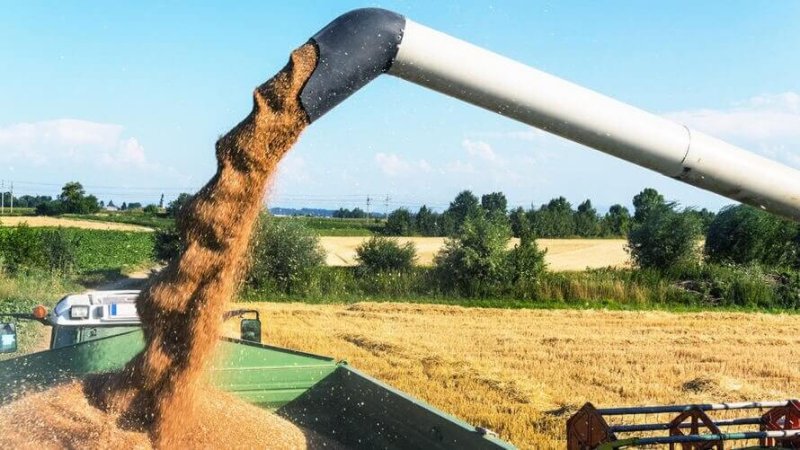This study assesses the economic and environmental impacts that have arisen from the adoption and use of genetically modified (GM) cotton and maize in Colombia in the fifteen years since GM cotton was first planted in Colombia in 2003. A total of 1.07 million hectares have been planted to cotton and maize containing GM traits since 2003, with farmers benefiting from an increase in income of US $301.7 million.
For every extra US $1 spent on this seed relative to conventional seed, farmers have gained an additional US $3.09 in extra income from growing GM cotton and an extra US $5.25 in extra income from growing GM maize. These income gains have mostly arisen from higher yields (+30.2% from using stacked (herbicide tolerant and insect resistant cotton and +17.4% from using stacked maize).
The cotton and maize seed technology have reduced insecticide and herbicide spraying by 779,400 kg of active ingredient (−19%) and, as a result, decreased the environmental impact associated with herbicide and insecticide use on these crops (as measured by the indicator, the Environmental Impact Quotient (EIQ) by 26%. The technology has also facilitated cuts in fuel use, resulting in a reduction in the release of greenhouse gas emissions from the GM cotton and maize cropping area and contributed to saving scarce land resources.
…
GM cotton and maize technology has now been used by many farmers in Colombia for up to 15 years and, in 2018, about 88,000 hectares were planted to seeds containing this technology (equal to 90% and 36% respectively of the total cotton and (commercial) maize area in Colombia). The seed technology has helped farmers grow more food and feed (567,000 tonnes of additional maize 2007–2018 and 68,000 tonnes of cotton lint 2003–2018), using fewer resources and therefore contributed to reducing the pressure on scarce resources such as land.
The extra production and reduced cost of pest and weed control have provided maize farmers with higher incomes equal to an average of US $294/ha …. relative to conventional seed. For cotton farmers, the average increase in income has been + US $358/ha ….
This additional farm income from growing GM cotton and maize will have boosted farm household incomes and, assuming some of this additional income has been spent by the households, this additional expenditure will have provided a wider economic boost to the local (rural) and possibly national economy.
The technology has also contributed to reducing the environmental impact associated with insecticide and herbicide use and made a small contribution to lowering fossil fuel use for crop spraying.
Overall, the impact evidence from the fifteen years of adoption of GM cotton and twelve years of GM maize points to a net positive contribution toward addressing the crop production and environmental challenges facing agriculture in Colombia.































